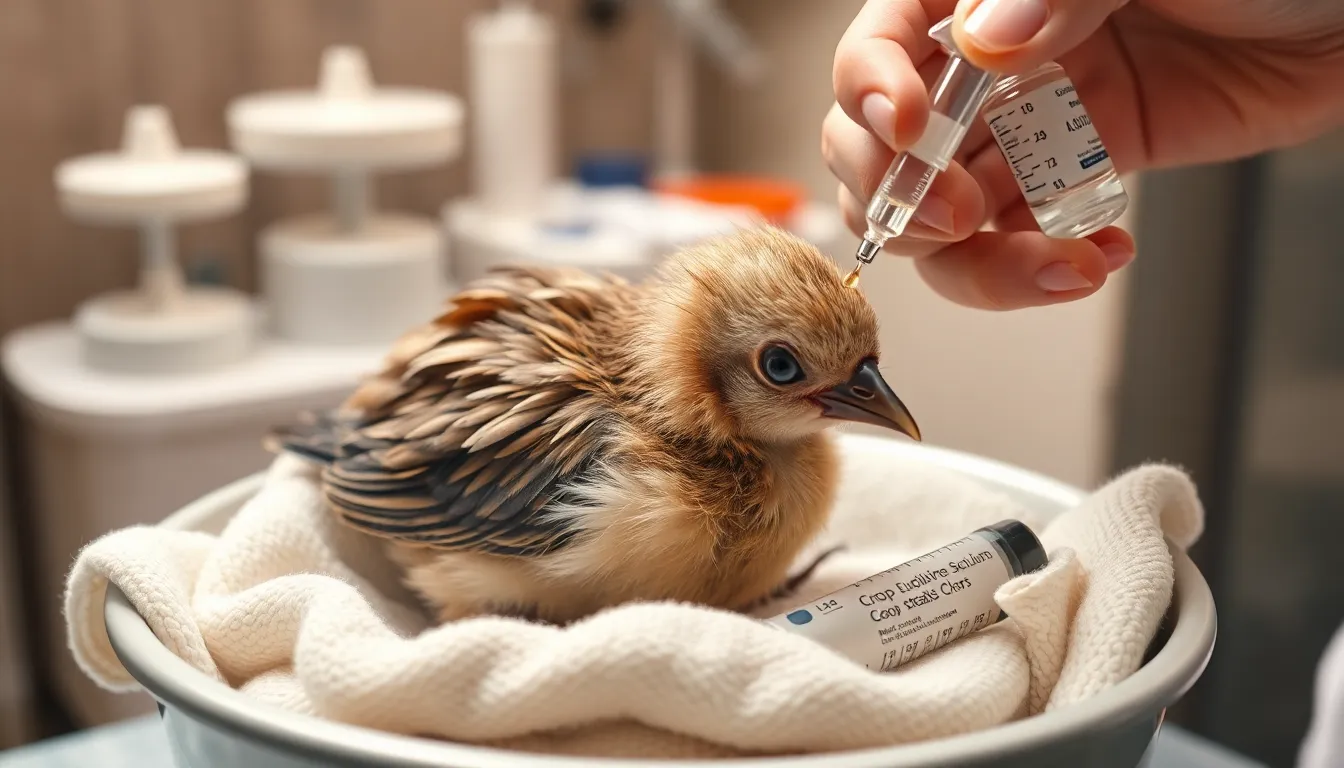Bird Crop Stasis: Emergency Care for Baby Birds
When a tiny, fragile baby bird’s life hangs in the balance, understanding crop stasis can mean the difference between survival and heartbreak. Bird owners and wildlife rehabilitators know that a stopped or slow-moving crop isn’t just a minor issue – it’s a potentially fatal condition that demands immediate attention. Crop stasis happens when a bird’s digestive system essentially grinds to a halt, preventing food from moving through the digestive tract.
Imagine holding a baby bird, watching its little body struggle, knowing that every moment counts. This isn’t just about feeding – it’s about understanding the complex internal workings of these delicate creatures. Whether you’re a dedicated pet bird parent or someone who’s found an injured nestling, knowing how to recognize and respond to crop stasis could save a life.
Understanding Bird Crop Anatomy and Function
The crop is essentially a storage pouch located at the base of a bird’s throat – a remarkable biological adaptation that allows birds to collect food quickly and digest it later. Think of it like a temporary food bank where birds can store nutrients for gradual processing. In baby birds, the crop is especially crucial, serving as a critical component of their nutrition and growth process.
Structurally, the crop is a muscular sac connected to the esophagus, designed to soften and temporarily hold food before it moves into the stomach. For baby birds, this means being able to consume multiple small meals throughout the day without constant feeding. The muscles surrounding the crop contract and relax, slowly pushing food toward the proventriculus – the bird’s true stomach.
When everything works normally, a bird’s crop will fill and then gradually empty, looking like a smooth, rounded bulge beneath the skin. But when crop stasis occurs, this process becomes disrupted. The food sits stagnant, potentially fermenting and causing dangerous bacterial growth. It’s sort of like a traffic jam in the bird’s digestive highway – nothing’s moving, and the consequences can be severe.
Identifying the Causes of Crop Stasis
Crop stasis isn’t a random occurrence – it’s usually a symptom of underlying issues. Hand-feeding baby birds requires precision and understanding. Common culprits include improper feeding techniques, formula temperature problems, and stress. Imagine trying to digest food that’s too cold, too hot, or mixed incorrectly – your stomach would rebel too.
Some specific causes include:
- Incorrect formula consistency
- Feeding formula that’s too cold or too hot
- Contaminated feeding equipment
- Nutritional imbalances
- Infections or underlying health conditions
- Excessive stress
Did You Know?
Baby birds have incredibly fast metabolisms and can starve within hours if not properly fed. Their tiny bodies require precise nutritional care that goes way beyond simple feeding.
Critical Signs and Symptoms of Crop Stasis
Recognizing crop stasis early can be a game-changer. Watch for these red flags: a crop that remains full hours after feeding, a hard or impacted feeling when gently touched, foul odors, lethargy, and reduced droppings. These symptoms signal that something’s seriously wrong.
Physical examination is crucial. Gently feel the crop – it should be soft and gradually emptying. If it feels firm, looks swollen, or seems painful when touched, you’re likely dealing with crop stasis. Baby birds will often appear weak, stop begging for food, and show significant changes in behavior.
Emergency Treatment Protocols
When crop stasis strikes, time is of the essence. First steps involve stopping all feeding and consulting an avian veterinarian. Home treatments can include gentle crop massages, carefully warmed fluids, and probiotics – but professional intervention is strongly recommended.
Veterinarians might use techniques like crop lavage – essentially flushing the crop with sterile solutions to remove impacted material. They’ll also likely run diagnostic tests to determine underlying causes and prescribe targeted treatments.
Prevention: The Best Medicine
Preventing crop stasis is infinitely easier than treating it. This means mastering hand-feeding techniques, using high-quality formulas, maintaining impeccable hygiene, and monitoring young birds closely. Temperature control, precise mixing, and gradual feeding techniques can make all the difference.
Quick Takeaways
- Crop stasis is a serious, potentially fatal condition
- Early recognition is critical for survival
- Proper feeding techniques prevent most issues
- Professional veterinary care is essential
- Hygiene and nutrition are your primary defense
Conclusion
Caring for baby birds isn’t just a responsibility – it’s an art form requiring patience, knowledge, and deep compassion. Understanding crop stasis means being prepared, observant, and ready to act. Every tiny life matters, and with the right information, you can make a profound difference.
Frequently Asked Questions
Q1: How often should I feed a baby bird?
Feeding frequency depends on the bird’s species and age – typically every 2-3 hours during daylight.
Q2: Can I use regular milk for baby birds?
Absolutely not. Birds require specialized formulas designed for their specific nutritional needs.
Q3: How do I know if my formula is the right temperature?
Test on your inner wrist – it should feel comfortably warm, not hot.
Q4: What’s the most common mistake in hand-feeding?
Improper formula consistency and temperature are the biggest risk factors.
Q5: When should I seek veterinary help?
Immediately if you notice any signs of crop stasis, unusual behavior, or decreased appetite.
Table of Contents

